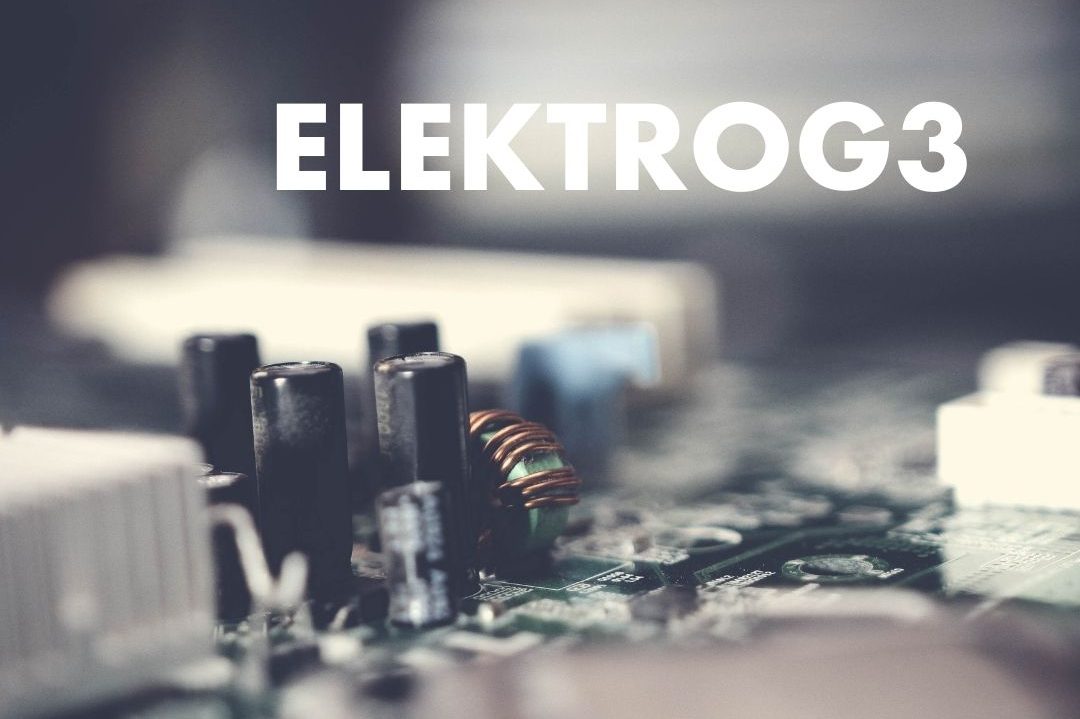Revision of the Waste Electronics Law in Germany (ElektroG3)
- 16. December 2021
- Blog
One of the currently most debated compliance topics is the new contents of ElektroG3. Published on May 20th, 2021, most new contents are applicable starting January 1st, 2022.
Here are the most important aspects are to look out for:
First, grocery stores have to be wary of new obligations. If they exceed a floor space of 800m² for all goods and regularly offer Electrical and Electronic Equipment (EEE), they too must take back old electronic devices. For them, all communication obligations regarding Waste Electrical and Electronic Equipment (WEEE) will be new.
Before, dealers with a sales area specifically for electrical and electronic equipment of more than 400m² were obliged to take back waste electronics free of charge. Also, they had obligations to inform consumers about various aspects of waste disposal and the possibilities available. In particular, the communication from dealers is essential as customers cannot tell by themselves whether their dealer is offering take-back and, if so, in what format. Moreover, it is almost impossible for an average consumer to know whether a retail establishment has a floor space dedicated to selling EEE of more than 400m² or not. This problem is even more significant when customers buy electronics online. BattG3 now provides clarity in this respect by extending the notification and reporting requirements.
A second significant change represents an explicit extension of take-back obligations to distance-sellers. The previous version of the BattG did not specifically mention take-back duties of items bought online or through other distance-sales channels. The law now clearly includes those vendors among the obligated parties.
Finally, vendors must take back discarded WEEE in a 1:1 exchange provided that a similar appliance has been sold. In a 1:1 exchange, an old electronic item must be accepted in return where an end-consumer purchases a new, similar device with comparable functions. Vendors must do this free of charge and pay for the return shipment. This duty, however, is limited to three device types:
- Temperature exchange equipment
- Screens, monitors, and equipment containing screens having a surface greater than 100 cm²
- Equipment with any external dimension more than 50 centimeters (Large equipment)
In contrast to other informational obligations, the dealer must actively ask the customer whether they want to use the exchange option or not.
RLG’s compliance management solution supports producers and vendors in ensuring environmental compliance, particularly for Extended Producer Responsibility (EPR) obligations, thereby reducing complexity and compliance risks. If the new features are unclear to you, please do not hesitate to contact us.









